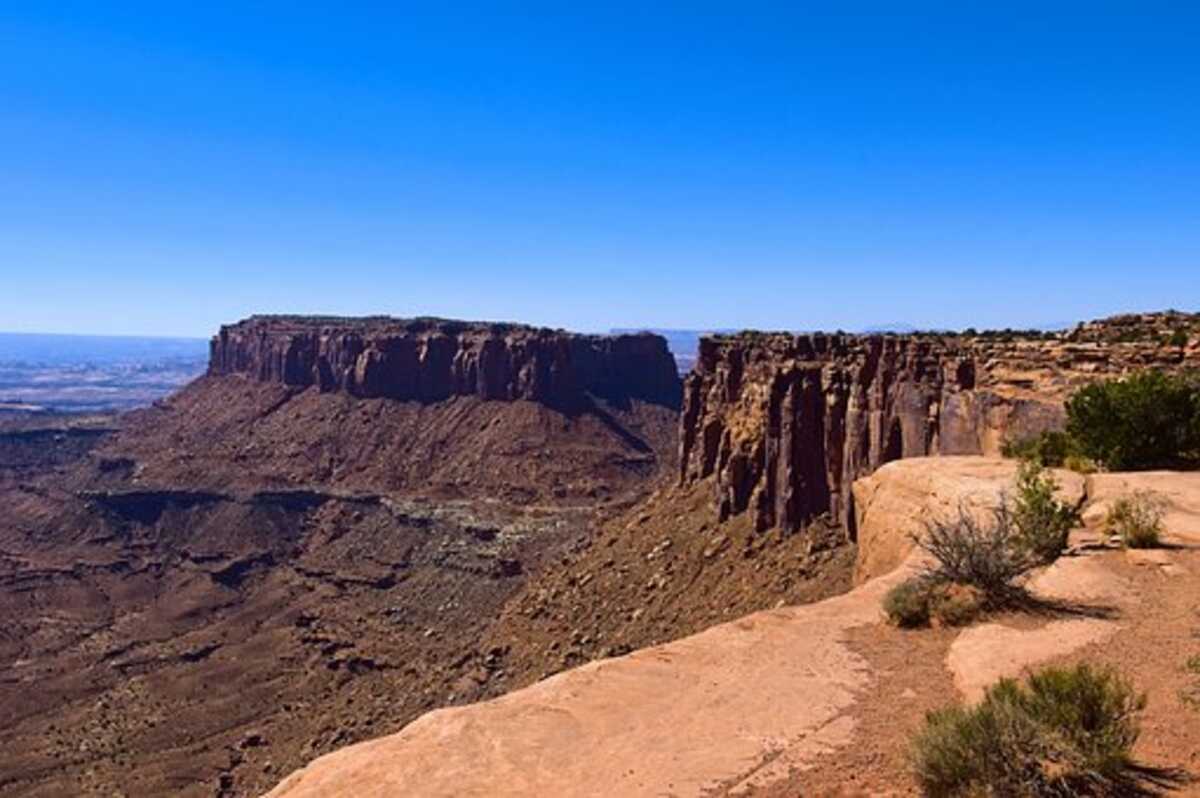Grand Canyon National Park is an area in Arizona where you can visit the layered red rock carved out over millions of years. While the park is the largest national park in the United States, several other areas of interest can be seen while you’re there. These include Mary Colter’s Lookout Studio and Mather Point. You can also enjoy views from Lipan Point and Desert View Watchtower.
Location
Grand Canyon National Park is one of the world’s most famous national parks, drawing more than three million visitors annually. The park covers almost 2 million acres and is situated in northern Arizona.
One of the most popular sections of the park is the South Rim. It is open all year, but traffic can become heavy in the summer. So if you are planning a visit, arrive early and leave plenty of time for parking and exploring.
Besides hiking, there are many other ways to see the canyon. You can get there by airplane or helicopter, or you can take a drive.
Conservation outlook
Grand Canyon is a natural world wonder and a popular tourist destination. But the park also faces challenges. One of the biggest concerns is climate change. Increased wildfires release large amounts of greenhouse gasses, and erratic precipitation patterns increase the risk of flooding. In addition, uranium mining on the canyon floor poses a threat to precious water sources.
Several federal laws add a layer of protection to the park. In addition, the National Park Service has a Management Policy and a General Management Plan. These policies provide broader guidance for all park units.
The Grand Canyon has many endemic and rare species, including ocelots, rattlesnakes, and hummingbirds. Some are confined to specific park zones, while others are found in all areas.
Activities available
Grand Canyon National Park is a unique desert oasis that offers a variety of activities. For those interested in hiking, rafting, or wildlife viewing, it’s a destination that shouldn’t be missed.
The Grand Canyon is an enormous expanse of sandstone cliffs and gorges carved over millions of years by the Colorado River. It is home to a range of wildlife, from elk to mountain lions to squirrels.
There are many different hiking trails to choose from. Some more popular ones include the Bright Angel Trail, which begins at the south rim and winds through the canyon to the river. This trail is relatively steep but offers breathtaking views.
Threats to the site’s World Heritage values
Various factors threaten Grand Canyon National Park’s World Heritage values. Among them are climate change, non-native species, development, and human activities. The park faces numerous challenges, but its staff is committed to protecting the site.
Climate change can reduce the number of winter snowpacks and extend the dry season. This, in turn, can increase wildfire activity. In addition, erratic precipitation patterns can lead to flooding and rockslides. Also, increased fires release large amounts of greenhouse gases.
Non-native species such as elk, buffalo, and wolves negatively affect native species. The park is also facing increasing visitor traffic.
Access by road
The South Rim of the Grand Canyon National Park is the most popular area. Most visitors to the park spend at least a day here, and the south rim is open year-round.
A free shuttle system runs between Flagstaff and South Rim. These buses are white with a green stripe on the front. They have bicycle racks and can stop at various viewpoints along the way.
The south rim of the Grand Canyon offers a wide variety of attractions. Visitors can choose to hike one of the trails, take a helicopter tour, go on a jeep ride, or enjoy the view.

